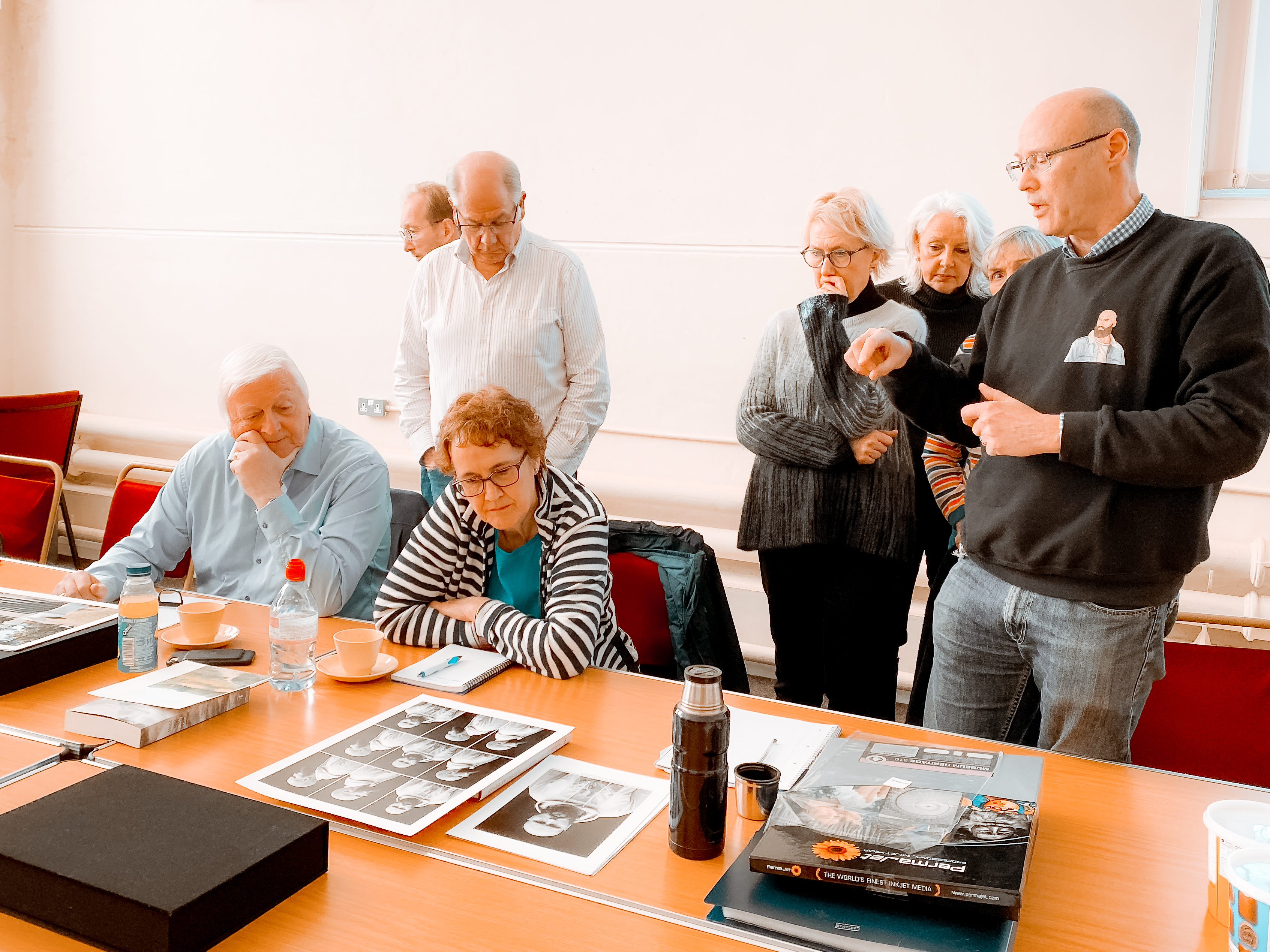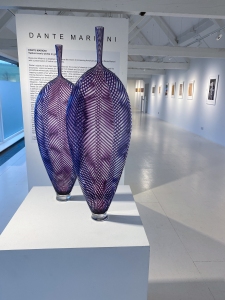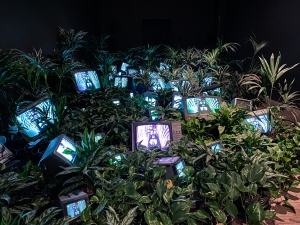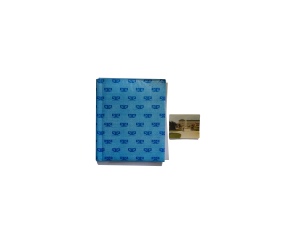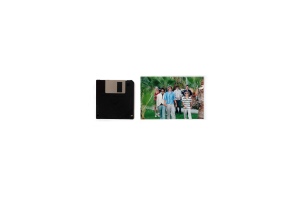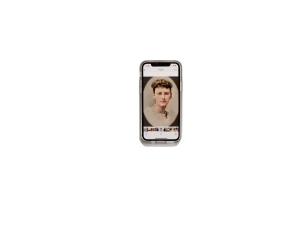Introduction
I started this module with high hopes that I was going to enjoy it and get a great deal out of it, but in reality, Digital Image & Culture has been as tricky as all my previous ones. Early on, I got very side-tracked by playing with silhouettes and cut-outs, which was really a continuation of work that I had undertaken for Identity & Place, assignment 5. However, this did lead me down a path which is becoming very much a feature of my research and work, i.e. active researching through iterative making and understanding of the processes. I had not realised that is was an acknowledged methodology until I attended workshops by Michele Whiting and Matt White, which gave me confidence that what I am doing is an acceptable way of research.
Assignment 1
I believe that this assignment only appeared after nearly a full year had gone by. It was originally submitted to my tutor as a series of individual photographs held in a small box, but subsequently became a wall hung lightbox, which was exhibited at the Thames Valley Group’s Time exhibition in Woking in early 2019 . There are still many ideas that I would like to explore using cut-outs and externally/back lit images, and the next step for this is to begin using my own images instead of ‘found’ ones. In particular, I would like to look at the concept of layered dioramas and deconstruction/reconstruction with reference to the work of Alma Haser, Abigail Reynolds and Joe Rudko. (As an aside, this is the only assignment currently hanging on the wall at home and is one I feel proud of producing.)
My tutor’s specific suggestions for the assignment were to consider sizing them up in number with the aim of presenting them en masse, and to rephotograph them as a completion stage of the work. That being the case I have decided to submit them as a group of rephotographed A5 images, which can be moved around within a grid framework. This removes the blank white (lit) spaces from the work and the three-dimensional element but is more practical than sending a heavy light table through the post.
Themes – family history; memory and specifically fading memory; family album; found photographs; gaps in information; rephotography.
Assignment 2
This assignment piece was an exploration of the meaning of a digital image through its non-material nature. My tutor was happy with the assignment, and gave me some photographers to look at, which I included in the reflective feedback. The presentation (a ring bound flip book) works well and reflects the study I was undertaking, i.e. layering within the materiality of the image.
Themes – materiality; exploration of process; multi-faceted nature of perception; layering; deconstruction and reconstruction.
Assignment 3
This was the critical review assignment, and I really enjoyed putting it together, as it allowed an exploration of fake news and news manipulation, something I am separately interested in. The academic research has been unexpectedly enjoyable and combined with the Photography Reading Group’s discussions, has significantly expanded my understanding of the philosophy behind photography. I intend to continue with this area of research in the next module. My tutor’s comments related specifically to reducing the number of references and to adding some image examples to the work, which I will do for assessment.
Themes – current news; fakery in photography; questioning of photography’s historical relationship with the truth.
Assignment 4
Again, this took a long time and much experimentation to reach something that I felt I could submit to my tutor. The concept followed on from the theoretical work undertaken in assignment 3 on our understanding of truth and reality, both as individuals and as society. It began with mirror cubes and ended when I bought a new computer and was able to physically take apart the old one and photograph its components; what is behind the ‘black box’. My tutor’s comments were that I needed to settle on one specific aspect of the work, and she suggested I concentrate on how images and memories interrelate with their physical storage in the digital era. This assignment is not required to be finished work, and thus I did not take it any further at this stage. I need to consider how to present my ideas and am currently thinking about whether to use my scrapbook as the physical part of the assignment, since that documents the iterative process best.
Themes – layers; transparency; digital life and its philosophical underpinning.
Assignment 5
My first iteration of this involved photographing the internal components of a deconstructed computer, alongside photographs that had been held in the hard drive. My tutor felt that it still lacked clarity, and that I should concentrate specifically on matching single photographs with their containers. Initially I was resistant to this, but once I began to test it out, I realised that it did tell the story of the loss of material and indexical information that comes with digital image storage with more clarity and simplicity than the previous work. Thus I feel it is now an improved series, albeit one that does not contain a single images from any of the work leading up to it.
Themes – materiality, indexicality, signifiers and signified, memory.
Learning log
All of my tutors have been complimentary about my learning logs and the way they are laid out. There are minor issues which I would like to sort out, such as putting on a search button and I will put each assignment under a separate heading for assessment, but otherwise there is no additional work necessary.
A feature of my learning for this module has been my significantly increased use of a scrapbook to record ideas and interim images, which I am submitting alongside the assignment work, as it is an important part of the overall journey. (see Assignment 4 especially) Also improving is my more organised approach to recording academic research in a separate notebook, which is indexed for future reference. I have enjoyed the research aspects of this module and have delved into philosophy particularly in a way which I found unexpectedly rewarding and which clearly influenced my approach to assignments. These two notebooks are also backed up by a separate hard copy file of practical Photoshop and research techniques, again fully indexed. (Not being sent).
Outstanding work to be done
- A1 – print for presentation
- A2 – none
- A3 – final corrections and addition of explanatory photos
- A4 – decide on presentation – printed images or scrapbook?
- A5 – take my tutor’s feedback comments on board and decide on print size
- Other – complete notation of scrapbook ideas
I also need to complete some half-finished blog posts, specifically those on:
- John Baldessari and Carol Rhodes
- the concepts behind research through practise
Ideas for future work
• Continue experimenting with gaps, translucency and layering
• Experiment with adding light to images in ways with specific meaning
• Continue looking at introducing silhouettes into work, specifically in physically layered pieces
• Continue philosophical background reading and integrate ideas into my work
• Bring handmade books in as methods of presentation, which can add further levels of meaning.

